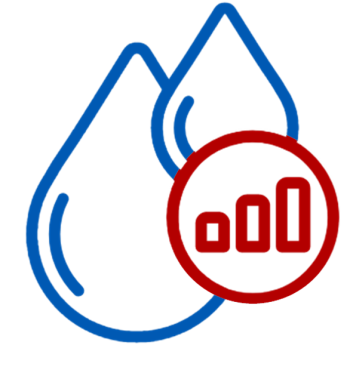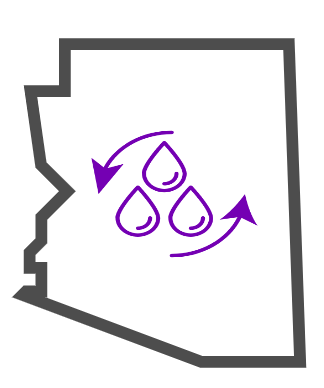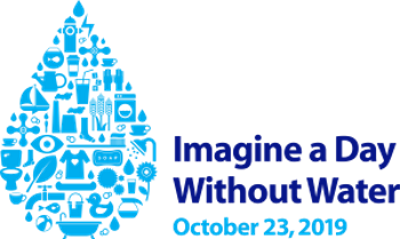After droughts and in light of future concerns over water resources, the topic of conservation has risen in importance. While regional differences in supply concerns exist across the United States and even on a smaller scale, within states, there have been consistent pushes on a federal-level to move towards more efficient use without customer behavior change. Most research suggests that behavior change is “hard,” but by addressing use at the fixture, consumers can continue flushing and showering just as much and use less water.
In addition to this push towards more efficient appliances, the rise in the water and wastewater rates across the US and more specifically, in North Carolina, have put additional incentive on users to conserve, as they are continually sent a strong pricing signal. Weather and household size can also have profound impacts on water use, but the regionality of weather and general trend towards population growth across the country make it harder to assess the impact on total use. Despite all of the factors that impact total demand, federal and state leaders remain interested in how demand is changing over time and what that means for communities strapped for supply and communities struggling to bring in sufficient revenues to cover rising expenses. Continue reading






